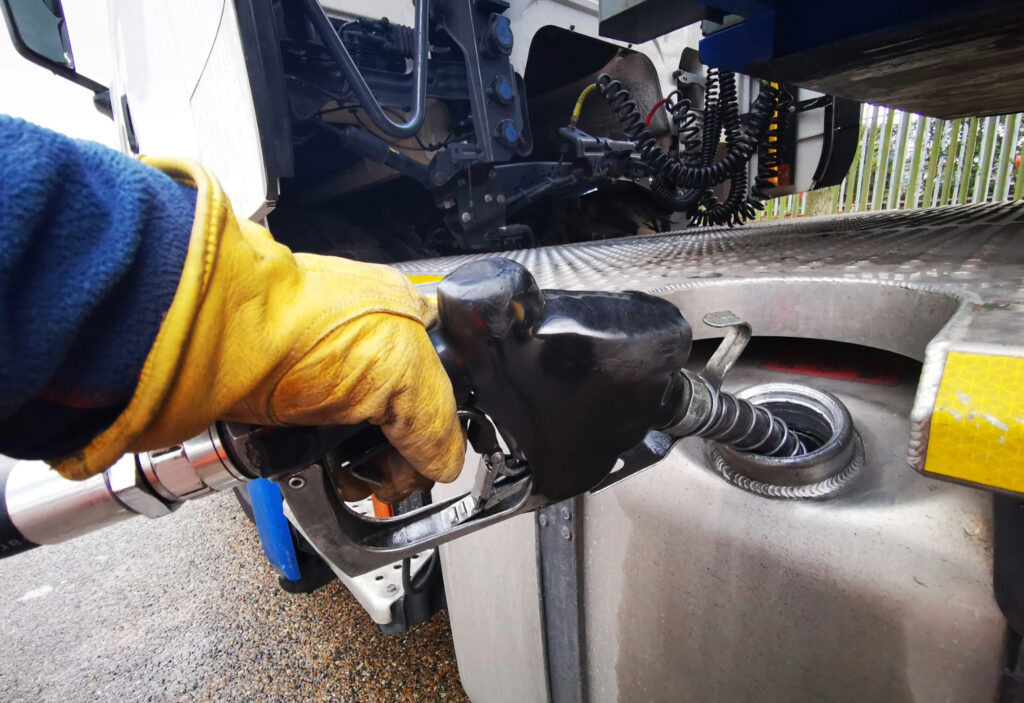If you operate a fleet—whether you’re delivering appliances, servicing HVAC units, or treating residential lawns—you’re likely tracking familiar metrics: cost per mile, vehicle downtime, or utilization rates. But here’s the challenge: knowing your numbers doesn’t mean you’re operating at peak efficiency—especially when it comes to fuel.
Fuel: The Most Visible Line Item… and the Most Misunderstood
Fuel is typically one of the top three costs in any fleet. And yet, for many fleet operators, it’s treated as a fixed expense—something to manage, but not optimize. That’s a costly mistake. Everything from route planning and vehicle maintenance to purchasing behavior and price negotiations directly influences fuel spend.
Think your TCO is under control? If your vehicles aren’t spec’d properly for their routes, you’re burning excess fuel. If your drivers idle too long or take inefficient paths, your “optimized” routes are costing you. Even how and where you buy fuel—from which vendors, at what price points, and with what volume leverage—can swing your monthly fuel bill by tens of thousands.
Fuel Optimization Requires Comparative Insight
Every fleet is different. A landscaping company’s fuel profile is radically different from a medical delivery operation. But the one thing they share? None of them know how efficient they really are—until they can compare.
That’s where fuel-focused consulting becomes essential. A partner like Sokolis brings regional, national, and vertical-specific data to the table—insight into pricing norms, supplier performance, and fuel efficiency best practices across industries. With this data, you can benchmark what you think is working against what actually is.
Fuel Touches Everything
Fuel isn’t just a line item—it’s a multiplier. Maintenance issues? They often stem from fuel inefficiencies. Driving behavior? Impacts fuel burn. Additives? Can affect performance and cost. Even invoice processing and compliance are opportunities for cost recovery when examined through a fuel management lens.
With the right partner, you can:
- Benchmark price per gallon by supplier, region, or fleet size
- Analyze purchasing behavior across drivers and locations
- Reduce unauthorized fueling and slippage
- Improve preventive maintenance tied to fuel efficiency
- Leverage national buying power for local and regional wins
Final Thought: You Can’t Manage What You Don’t Compare
Fleet KPIs are only powerful when they’re put in context. Fuel is your most actionable, most elastic operating cost—and yet it’s the one most commonly left on autopilot.
Want to find out what your fuel program should be doing? Start by comparing it.
